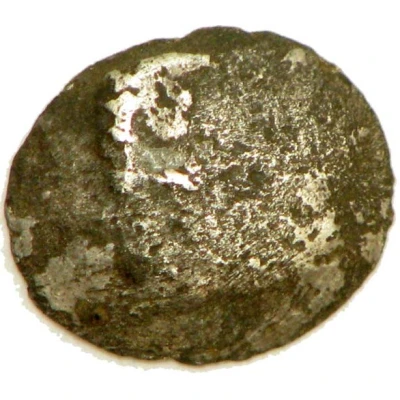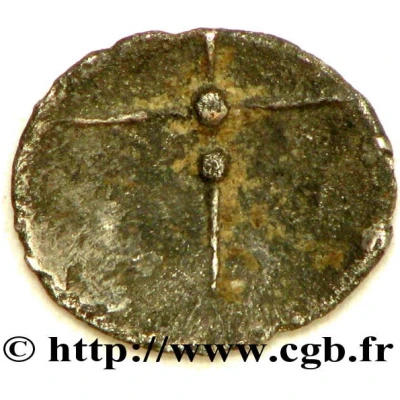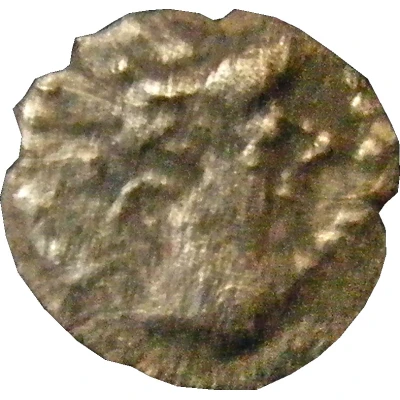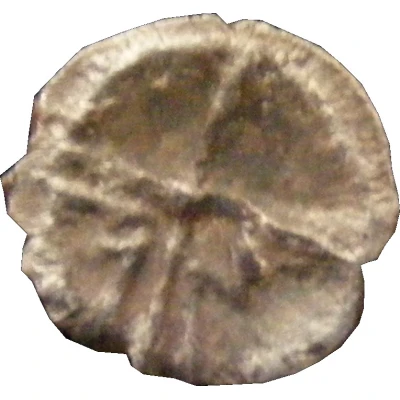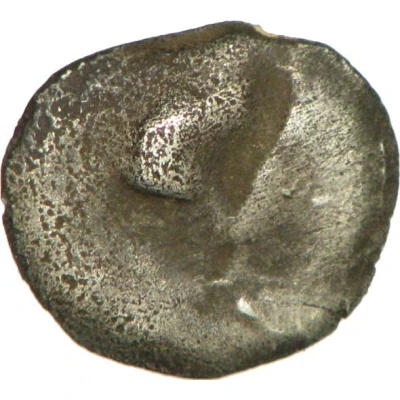
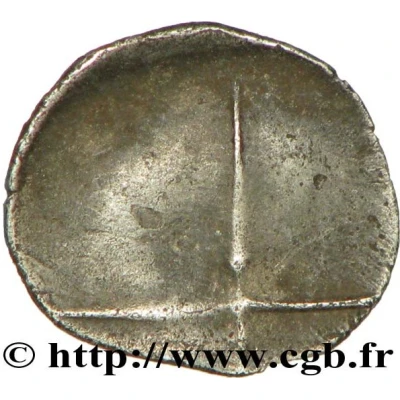

© CGB
Scyphate obol 100 BC - 50 BC
| Silver | 0.44 g | 9.5 mm |
| Issuer | Salyes (Gallia Narbonensis) |
|---|---|
| Type | Standard circulation coin |
| Years | 100 BC - 50 BC |
| Value | 1 Obol |
| Composition | Silver |
| Weight | 0.44 g |
| Diameter | 9.5 mm |
| Shape | Concave |
| Technique | Hammered (scyphate) |
| Demonetized | Yes |
| Updated | 2024-10-09 |
| Numista | N#39708 |
|---|---|
| Rarity index | 94% |
Reverse
Wheel with four spokes (with a gap on the central spoke).
Interesting fact
The Scyphate obol coin was used as a form of currency in the ancient region of Gallia Narbonensis, which is now modern-day France. The coin was made of silver and weighed around 0.44 grams, making it a relatively small and lightweight coin. Despite its size, the Scyphate obol was an important form of currency in its time and was used for everyday transactions. It's interesting to note that the design of the coin has been well-preserved over time, with many examples still existing today. The coin features an image of a person's head on one side and an animal on the other, which was a common design feature for coins during that time period. Overall, the Scyphate obol coin is a fascinating piece of history that provides insight into the economic and cultural practices of ancient civilizations.
